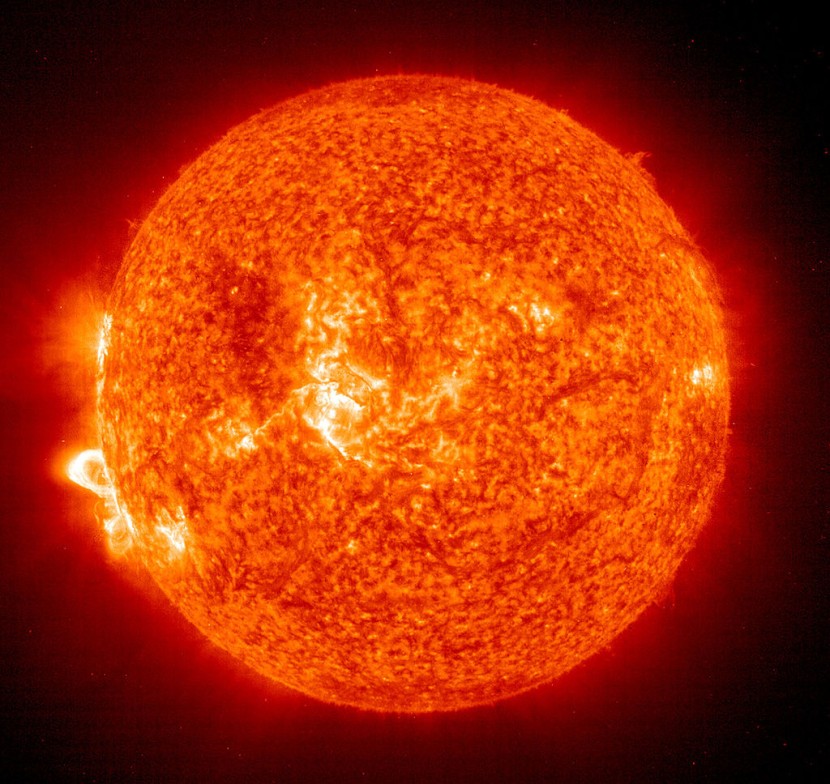
NASA's Solar Dynamics Observatory (SDO) captured an image of the sun's powerful X-class solar flare that is strong enough to create geomagnetic storms that could disrupt Earth's magnetic field.
The solar flare that occurred on Thursday came from a complex sunspot that could flare up once more very soon. Scientists said that the blast of charged particles was recorded as an X1.2-class flare.
Powerful X-Class Solar Flare
X flares are considered the most powerful category of flares and are strong enough to result in geomagnetic storms that can reach our planet. These also have the strength to damage satellites, communications equipment, and even the power grid.
An X1 flare such as the most recent one that NASA has documented is at the lower end of the X-scale. This means that there is no immediate damage from the blast itself that has been reported yet, except for a short-wave radio blackout in several parts of Australia and the South Pacific.
This particular outage was caused by the solar flare's energized blast that traveled at the speed of light toward our planet, reaching the surface in a mere eight minutes. However, it was still quite a brief blackout, as per CNET.
On the other hand, scientists believe that there will surely be more solar flares that will come out of this particular sunspot. Former NASA astronomer Tony Phillips said that given the size and apparent complexity of the large, active region, there was a pretty good chance that the explosions would continue through the following days.
Powerful solar flares are usually followed by coronal mass ejections (CMEs) of hot plasma that can be thrown into the direction of our planet, albeit at much slower speeds. These could take up to a day or more to reach Earth.
When powerful CMEs make a direct impact on our planet, the result can be bright auroral displays at higher altitudes. However, these can also result in the aforementioned infrastructure damage. But so far, there have been no reports of a CME accompanying the solar flare on Thursday.
Monitoring the Sun's Impact on Earth
According to SciTechDaily, being an X1.2-class solar flare, the recent blast was more powerful than an average X1 flare. Specifically, the recent burst has a peak flux of 1.2 x 10⁻⁴ W/m². Scientists warn that it can also produce a significant amount of solar energetic particles (SEPs) that are a threat to spacecraft and astronauts in space.
NASA's SDO is a spacecraft that was launched by the space agency in 2010 in an effort to study the sun and how it influences our planet. The craft is part of NASA's Living with a Star (LWS) program. This seeks to understand the causes of solar variability and its impacts on Earth.
NASA officials said that solar flares are typically seen by the photons (or light) that they release, at most every wavelength of the spectrum. The primary ways that they are monitoring these flares are in x-rays and optical light. Solar flares are also sites where particles (electrons, protons, and other heavier particles) are accelerated, the Hindustan Times reported.
Related Article : NASA's James Webb Space Telescope Captures Images of Ancient Milky Way-Like Galaxies From 11 Billion Years Ago








